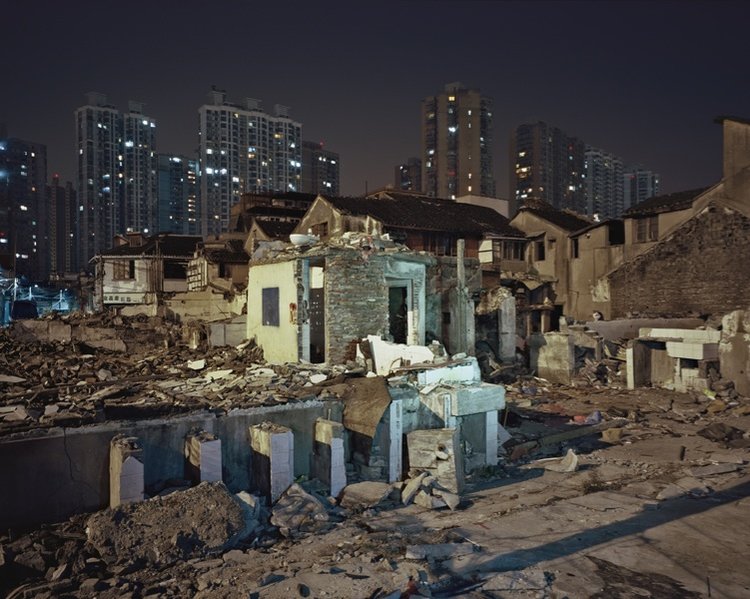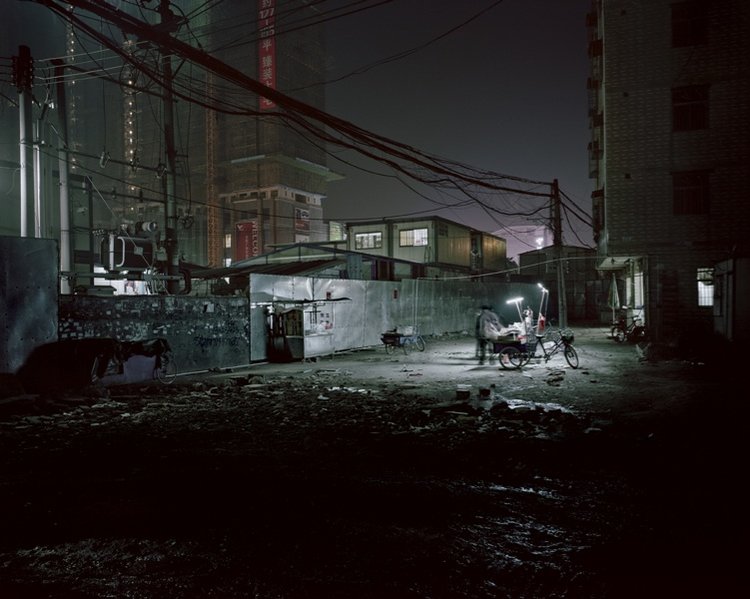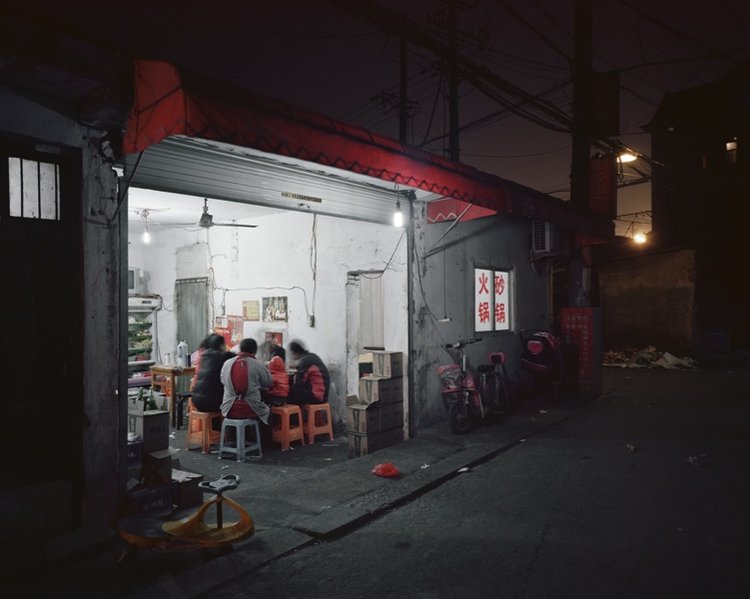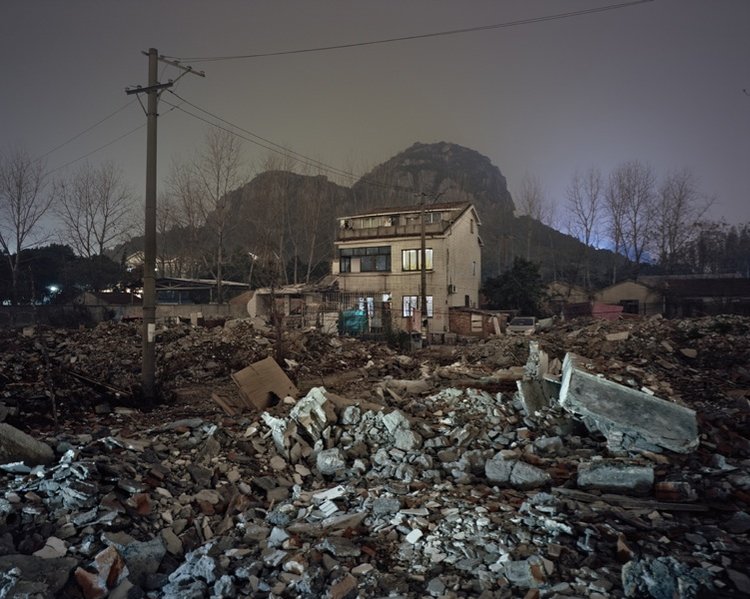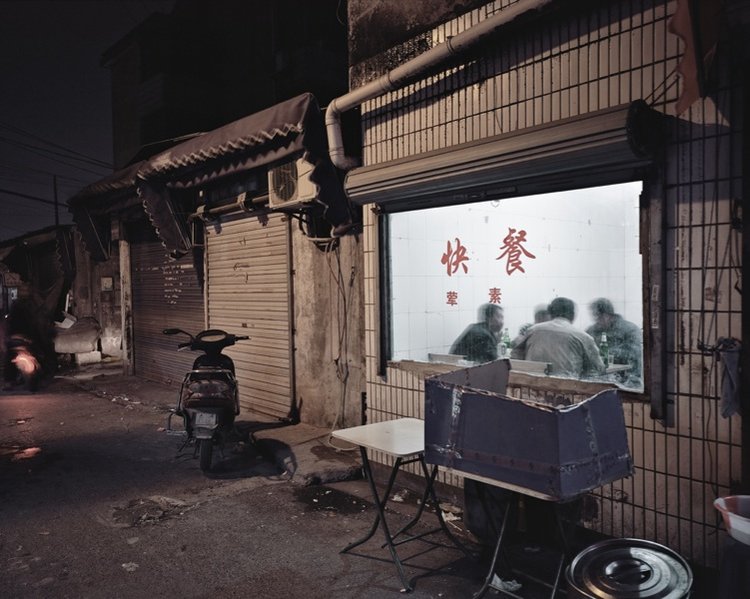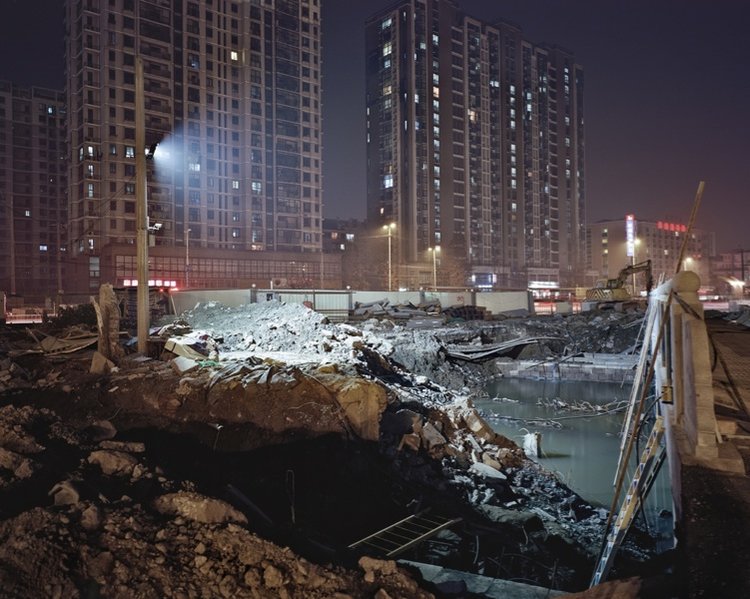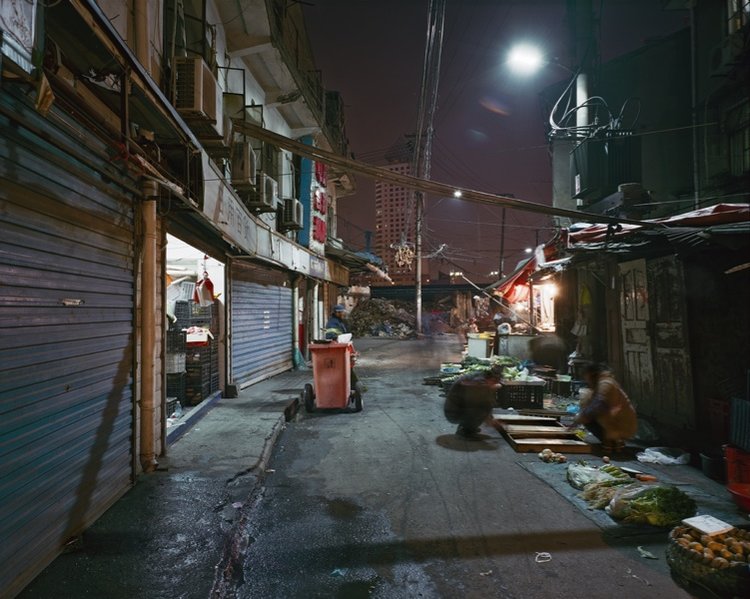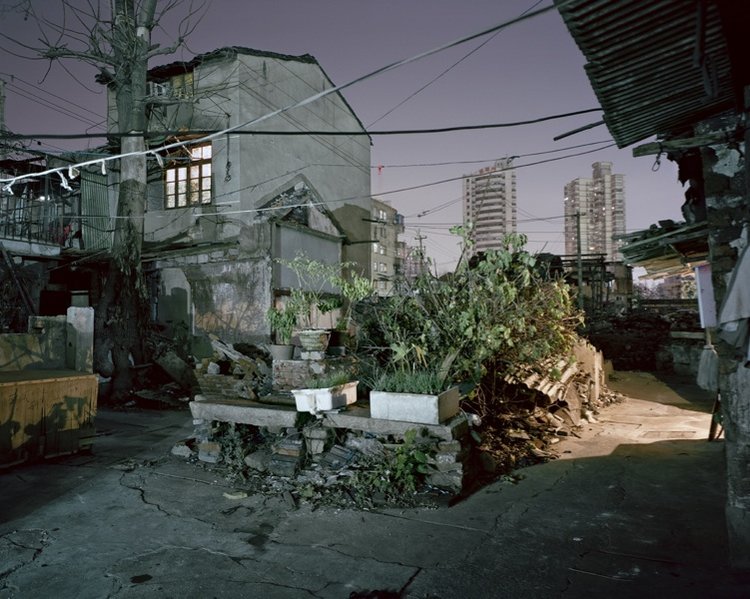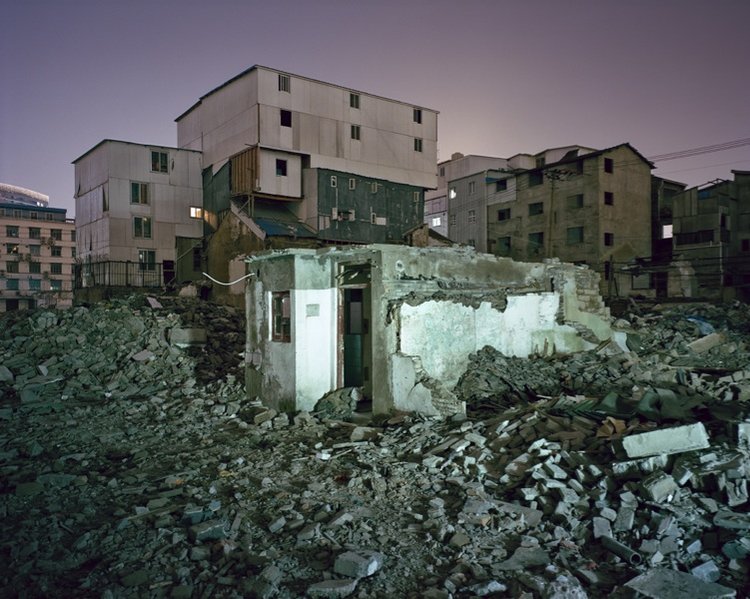SHANGRI-LA
BY ALNIS STAKLE
Alnis Stakle (b.1975) lives and works in Latvia. He holds PhD in art education from Daugavpils University, Latvia. Since 1998, his works has been exhibited in Latvian Museum of Photography, Latvian National Museum of Art, The Latvian Centre for Contemporary Art, Modern Art Oxford (GB), Langhans gallery in Prague (CZ), Art Center ‘Winzavod’ in Moscow (RU), ‘Gostiny Dvor’ Museum and Exhibition Complex in Archangelsk (RU), Regional Art Museum in Tjumen (RU), Museum Center in Krasnojarsk (RU), Russia State Center of Photography in St. Petersburg (RU), Contemporary Art Museum in Santo Domingo (E),Museo Nacional de Bellas Artes in Buenos Aires (AR), Museum of Modern Art Carlos Merida of Guatemala City (GT), Centre for Fine Arts BOZAR in Brussells (BE). Stakle is represented by Grinberg Gallery in Moscow and Inde/Jacobs Gallery, San Antonio, Texas.
synopsis
Shangri-La is an imaginary place in China, described as a mystical and utopian valley shielded from the world by a chain of mountains – a true paradise on Earth.
At present, China is right there among the world’s most booming economies. It is estimated that over the next ten years its population growth will reach skyrocketing proportions. This will result in unprecedented levels of industrialisation and urbanisation – a reality of life that billions of Chinese will be facing already in the coming decade. In contemporary China, cities populated by millions have become a magnetic promised land for hordes of gold-diggers as well as people fleeing rural poverty. According to current estimates, by 2030 the urban population of China will reach one billion. To house all these people, 50000 new skyscrapers will need to be built – an amount that equals 10 New York Cities.
This series focuses on China’s hot zone of economic activity, exploring contemporary cityscape transformations in Shanghai, Suzhou, Hangzhou, Shenzhen and Guangzhou. Special attention is paid to territories with semi-cleared old buildings in preparation for construction of new skyscraper precincts. At night, the cityscape reveals how urban planning, housing, tearing down and construction transpire on an apocalyptic scale, which is particularly fascinating in view of the fact that semi-cleared buildings continue to be inhabited.
editor's note
The presented photographic project was awarded First Prize at the 4th edition of scopio International Photography Contest. The winner and honourable mentions will be exhibited at the contest's exhibition: Crossing Boarders, Shifting Boundaries at RIBA, on 26 of May, 2015. For more information about this subject, click here.

